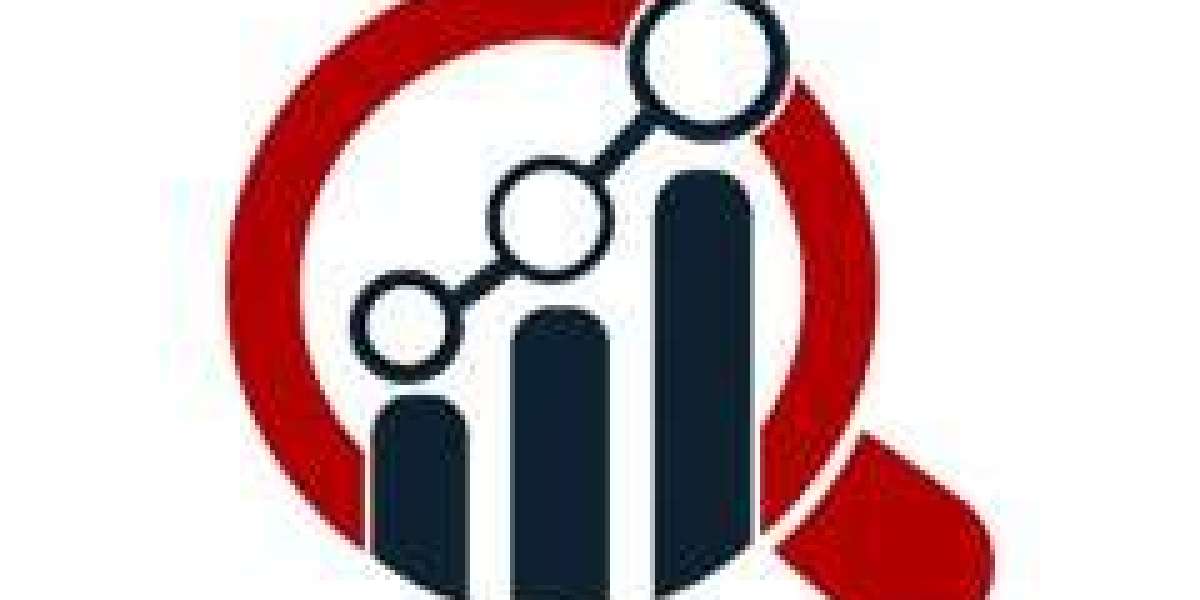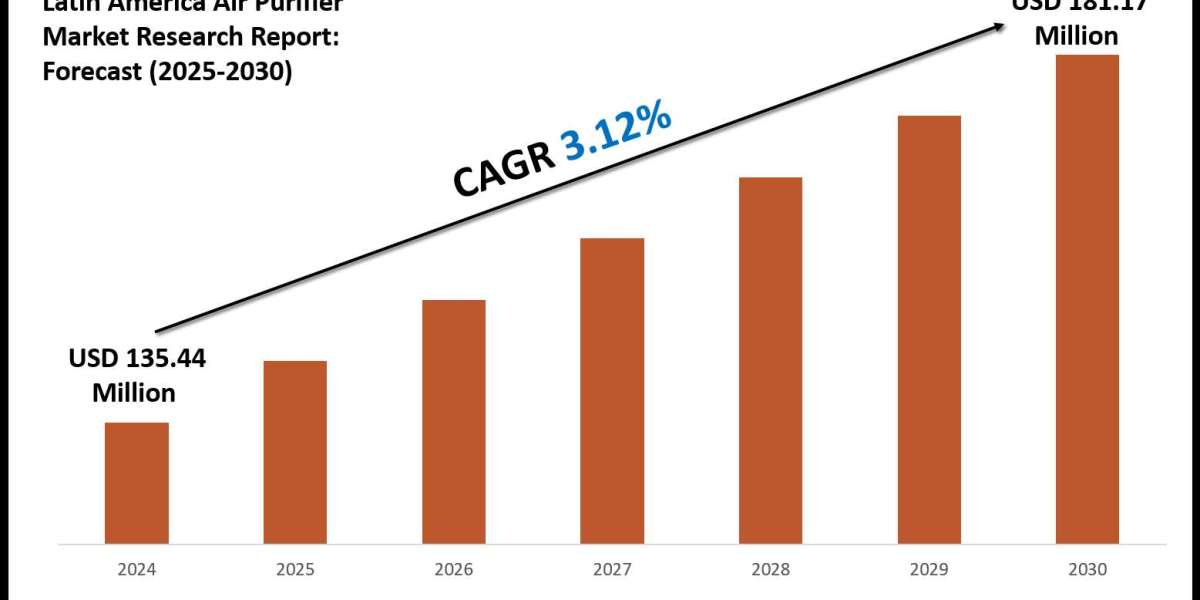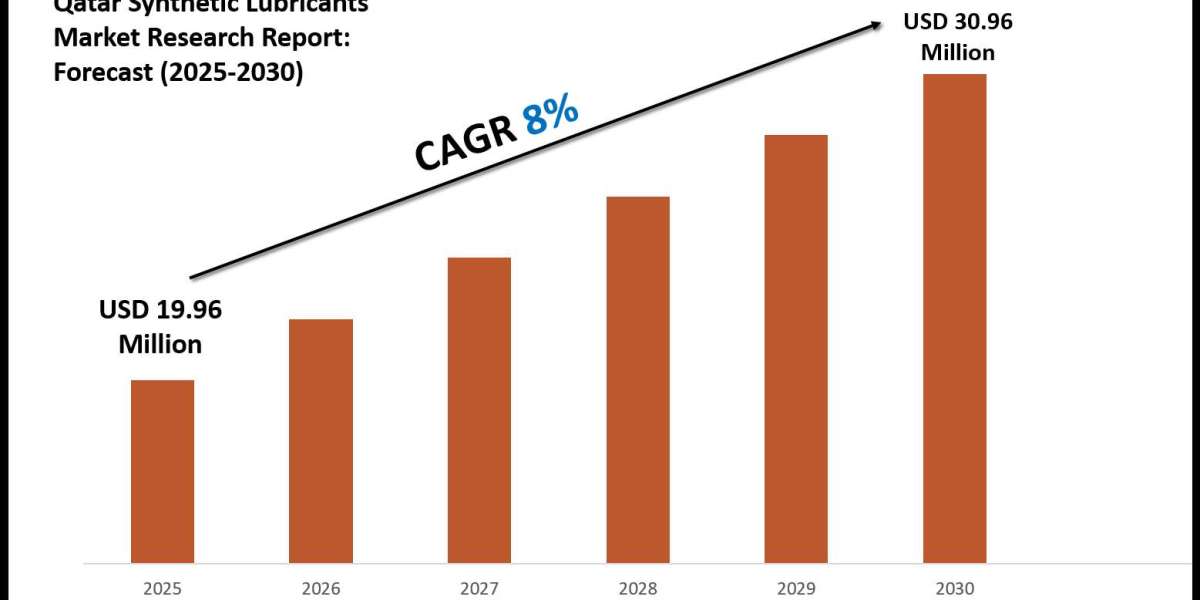The global Industrial IoT (IIoT) Platform market Share is undergoing significant expansion as industries accelerate their digital transformation and seek to derive operational efficiencies from connected infrastructure. Platforms that integrate sensors, connectivity, analytics, and control are becoming foundational to fields ranging from manufacturing to energy and logistics.
Market Size & Forecast
Recent industry research estimates vary, but a few consistent themes emerge:
One report values the IIoT platform market at about USD 34.92 billion in 2022, growing to roughly USD 110.68 billion by 2032, implying a compound annual growth rate (CAGR) of ~12.2%
Another study puts the 2024 valuation at around USD 83.08 billion and forecasts USD 132.24 billion by 2033, with a more modest growth rate of ~5.3%.
Regionally, in India for example, the market was estimated at about USD 4.62 billion in 2024, with projections to reach USD 19.8 billion by 2035 (CAGR ~14.2%).
These numbers illustrate that while the base market is already large, growth potential remains considerable — especially in emerging economies and in segments tied to predictive analytics, edge computing, and digital-twins.
Market Share & Regional Dynamics
Although precise market-share breakdowns by vendor are often proprietary, several key trends stand out:
Regional leadership: North America is consistently cited as the largest region in terms of market value, attributed to its mature industrial base, advanced infrastructure, and higher adoption of connected technologies.
Growth in Asia-Pacific: While currently lower in absolute value, the Asia-Pacific region (including India, China, and Southeast Asia) is expected to grow fastest. Rapid industrialization, moves toward smart manufacturing, and increasing investment in digital infrastructure drive that.
Component share: One finding indicates that hardware (sensors, edge devices, connectivity modules) takes a large share of current revenues. However, the software and analytics side is growing faster, as platforms move from device connectivity to advanced applications (e.g., predictive maintenance).
In short: mature markets lead in size; emerging markets lead in growth; the hardware component is still substantial, but the “platform intelligence” (software + services) is where a lot of value is shifting.
Key Drivers
The market is propelled by several interconnected forces:
Smart manufacturing / Industry 4.0: Factories are being retooled to incorporate connected machines, real-time monitoring, and data-driven decision-making. Platforms enable this transformation by bridging operational technology (OT) and information technology (IT).
Predictive maintenance & asset monitoring: IIoT platforms allow firms to move from reactive or scheduled maintenance to predictive models, reducing downtime and costs.
Edge computing + connectivity (5G, LPWAN): To meet real-time constraints and data volumes, more processing is being pushed to the edge — a shift IIoT platforms must support.
Analytics, AI, and digital twins: Beyond “just connecting things”, platforms now include analytics engines, machine-learning models, simulation of assets (digital twins), and actionable insights for operations.
Service-oriented business models: Companies increasingly favour outcome-based solutions (e.g., uptime guaranteed, remote monitoring) rather than just selling hardware, shifting value toward platforms and services.
Challenges & Restraints
Growth is strong, but the market faces several hurdles:
Integration complexity & interoperability: Many industrial sites have legacy machinery, disparate systems, and inconsistent protocols; connecting everything into a unified platform is non-trivial.
Cybersecurity concerns: As more critical infrastructure becomes network-connected, the attack surface expands. Ensuring reliable security while enabling openness is a major challenge.
Skill gaps & change management: Industries must acquire or train personnel to manage IIoT platforms, analyze data, and drive change; that takes time and resources.
Up-front investment and ROI justification: Some applications may show strong promises, but delivering quantifiable benefits and recovering investments remains a barrier, particularly in cost-sensitive sectors.
Outlook & Implications
The IIoT platform market is positioned for sustained growth, with estimates ranging widely depending on assumptions — anywhere from ~5 % to ~12 % CAGR in various studies. Key take-aways:
Companies that provide software, analytics and services stand to capture increasing value as the market matures beyond connectivity.
Regions like Asia-Pacific and India represent growth hotspots, creating opportunities for vendors and system integrators targeting those geographies.
For end-users (manufacturers, utilities, logistics firms), adopting an IIoT platform is becoming not just a competitive advantage but increasingly a business necessity.
Partnerships between traditional industrial firms, technology platforms (cloud/hyperscalers), and specialist service providers will likely dominate the competitive landscape.
Given the complexity, vendors that offer end-to-end solutions, including deployment, integration, analytics, and ongoing services, will be better positioned than those offering only discrete components.
Conclusion
In sum, the Industrial IoT Platform market is evolving from “connecting devices” to “optimizing operations” through data, AI, and intelligent infrastructure. While hardware remains a substantial share today, the strategic prize lies in smart software, platform services, and industrial outcome-based offerings. Global market values already span tens of billions of USD and are forecast to grow significantly over the next decade. For businesses—from digital-native vendors to legacy industrial firms—the message is clear: building and leveraging an IIoT platform is central to the industrial transformation currently underway.







